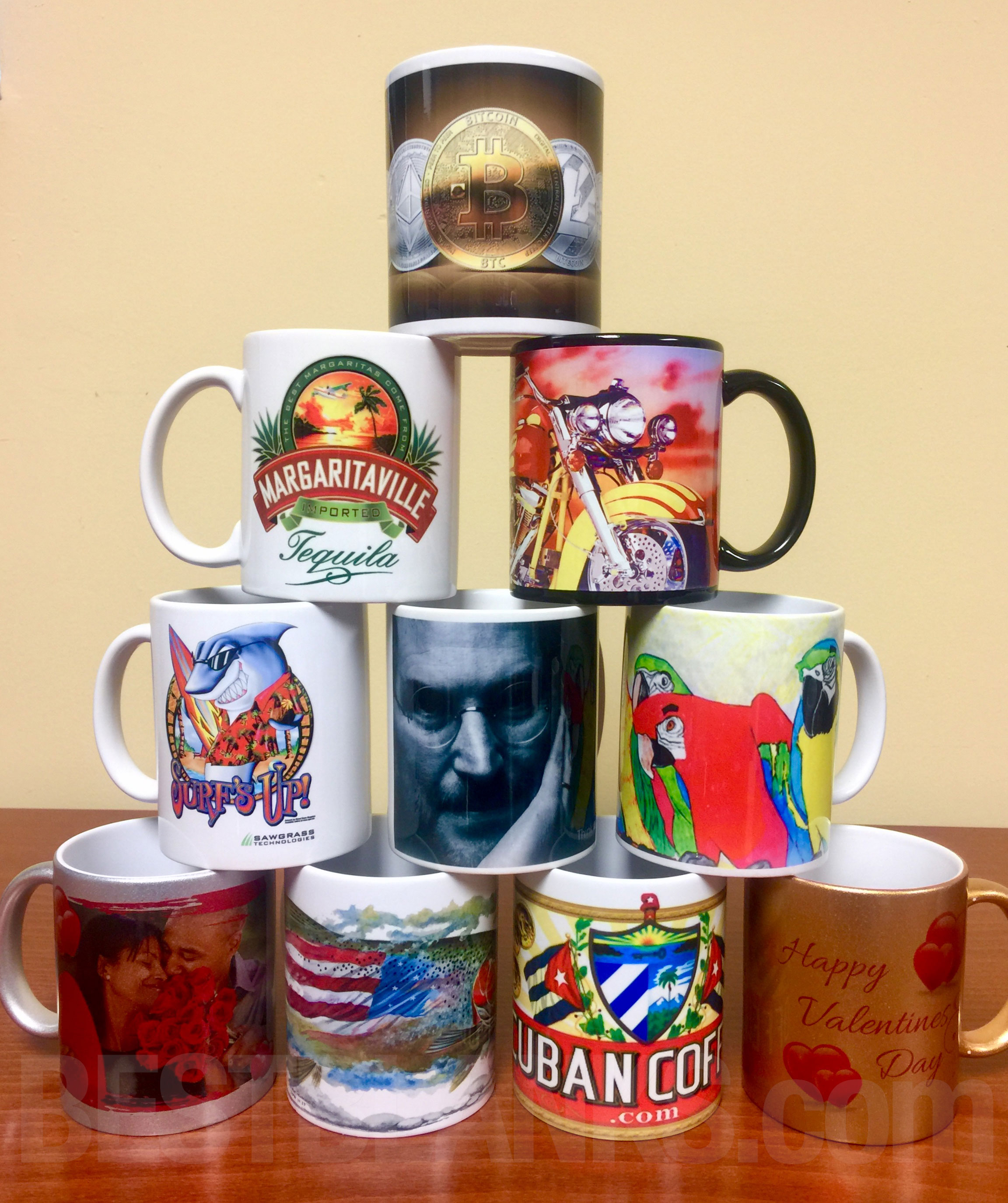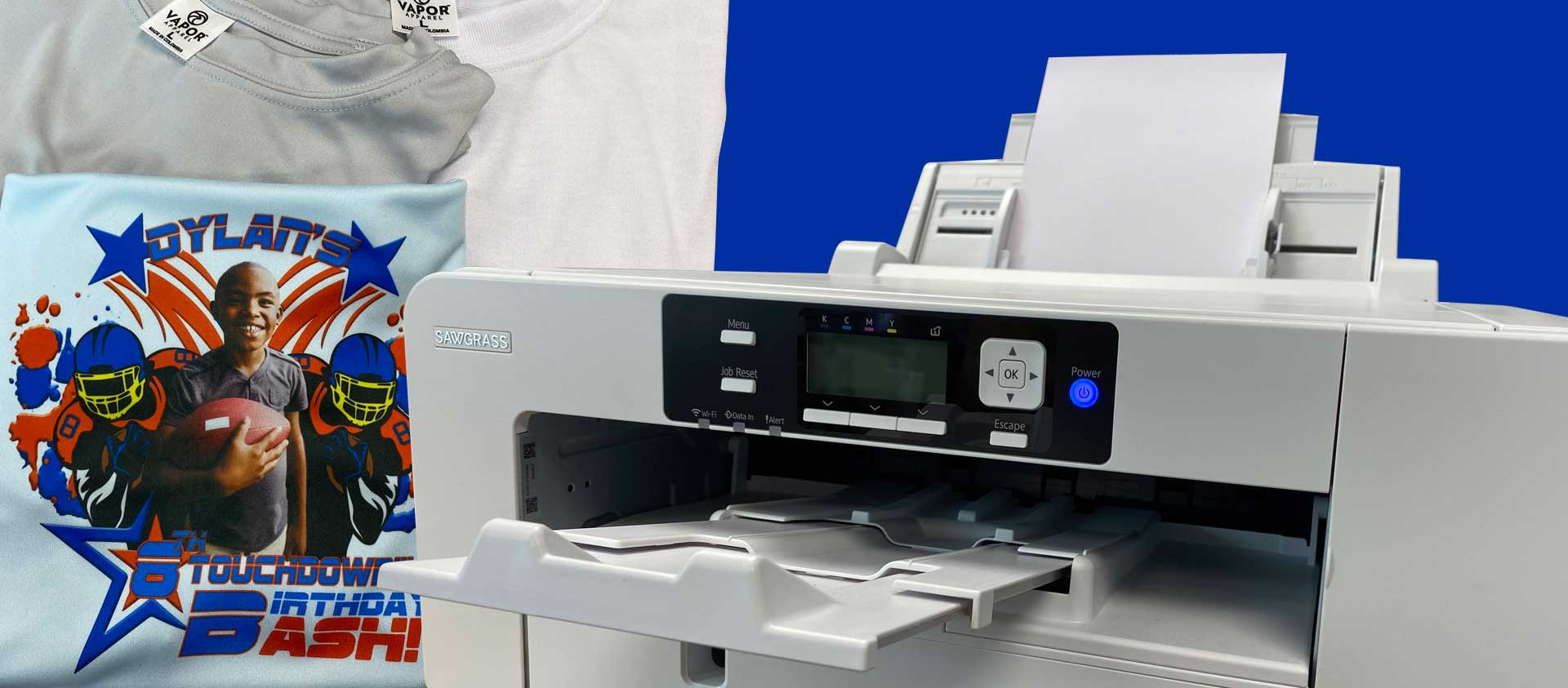The Ultimate Guide to Sublimation Printing for Customized Clothing
The Ultimate Guide to Sublimation Printing for Customized Clothing
Blog Article
A Comprehensive Overview to the Various Kinds Of Towel Printing Techniques
Starting an exploration of fabric printing strategies exposes a remarkable intersection of custom and innovation. Each technique, from the thorough craftsmanship of block printing to the fast performance of screen printing, serves one-of-a-kind purposes and uses distinctive benefits. Digital printing's versatility and ecological consciousness stand in plain comparison to the swift personalization of warmth transfer printing. On the other hand, color sublimation printing astounds with its ability to create lively, long-lasting designs on synthetic textiles. To truly understand the nuances and potential applications of these diverse strategies, a deeper investigation is vital.
Block Printing
Block Printing, one of the oldest approaches of fabric design, has a rich background that dates back to ancient worlds. The process entails carving elaborate layouts right into wooden blocks, which are after that dipped in color and pressed onto textile to produce patterns.
The precision and workmanship associated with block printing make it a labor-intensive process, yet it likewise allows for a high level of personalization. Artisans can develop distinct patterns by combining various blocks or varying the application of color. This flexibility has actually added to the long-lasting popularity of block printing in both contemporary and typical textile layout.
Block printing is especially valued for its aesthetic high qualities, including the minor variations in pattern and shade that arise from the hand-printing process. These blemishes lend an unique character per piece, identifying it from mass-produced materials. Despite breakthroughs in modern printing innovations, obstruct printing remains a valued technique, celebrated for its historic significance and creative worth.
Screen Printing
Screen printing, an additional prominent textile decor technique, has reinvented the sector with its efficiency and adaptability. This approach involves producing a pattern, referred to as a screen, and utilizing it to use layers of ink on the printing surface. Each shade in the layout calls for a separate screen, which permits vivid and elaborate multi-colored prints.

One of the crucial benefits of display printing is its flexibility to numerous kinds of fabrics, including cotton, polyester, and blends. This technique is particularly suitable for large-volume orders because of its cost-effectiveness and speed. The toughness of the prints is an additional substantial advantage, as the ink bonds well with the material, making sure resilient layouts that stand up to several laundries.
When dried, the design is moved onto the emulsion-coated display making use of a UV light resource. Ink is then pushed through the stencil onto the fabric making use of a squeegee.
Display printing is commonly used in the fashion sector, promotional items, and customized apparel. Its ability for top notch, in-depth prints protects its status as a keystone strategy in fabric printing.
Digital Printing
Digital printing has actually promptly emerged as a sophisticated method in the textile industry, leveraging innovative innovation to generate high-resolution styles directly onto material. Unlike traditional approaches, digital printing uses inkjet printers to deposit pigment or dye-based inks onto fabrics, enabling detailed and dynamic patterns with a remarkable level of information and color precision.
One of the this link main benefits of digital printing is its versatility. This method permits on-demand printing, which significantly minimizes waste and decreases stock prices. Additionally, it supports brief runs and custom styles, making it excellent for bespoke jobs and limited-edition collections. The elimination of displays and various other setup demands better enhances performance, decreasing manufacturing time and labor prices.
Furthermore, digital printing is ecologically pleasant. screen printing. It makes use of water-based inks and calls for much less water and energy compared to standard methods, lining up with lasting methods. The accuracy of electronic printing likewise allows the usage of a bigger array of textiles, consisting of cotton, silk, polyester, and blends, making certain versatility across various applications
Heat Transfer Printing
Just how does warm transfer printing transform fabric design? This approach has actually brought considerable developments by allowing dynamic and elaborate designs to be moved onto a range of fabrics with impressive accuracy. Heat transfer printing involves making use of warm and pressure to move a design from a particularly created paper onto fabric. This procedure begins with printing the preferred image onto transfer paper making use of specialized inks. When the photo is published, the paper is placed onto the textile and subjected to a warmth press, which moves the ink from the paper to the fabric.
One of the main advantages of warmth transfer printing is its ability to generate top notch, comprehensive photos quickly and effectively. It is particularly appropriate for tiny production runs and custom-made orders, making it a popular option for tailored apparel and advertising items. Furthermore, this technique is flexible, suiting various kinds of textiles including cotton, polyester, and blends.
Furthermore, warmth transfer printing is relatively economical contrasted to other techniques, as it calls for minimal configuration and reduced initial investment - Branded clothing. This cost, paired with its capacity for producing lively, sturdy prints, underscores its essential function in modern-day fabric design

Dye Sublimation Printing
Dye sublimation printing, an innovative material printing method, offers unparalleled vibrancy and long life for styles on various artificial materials. The printed transfer paper is after that put on the textile, and both are subjected to high warm and pressure making use of a warm press.
One of the vital advantages of dye sublimation printing is its capability to produce continuous-tone prints with elaborate information and lively colors. Unlike various other printing methods, the color becomes component of the material instead than sitting on top of it, resulting in a breathable and soft finish. This strategy is particularly reliable on polyester and other artificial visit this web-site materials, making it a preferred option for sports apparel, banners, and home textiles. In addition, dye sublimation is eco-friendly, as it needs no water and generates minimal waste, straightening with sustainable manufacturing techniques.
Conclusion
In recap, cloth printing techniques each offer special advantages tailored to different requirements and applications. Block printing is prized for its artisanal quality, while screen printing is helpful for high-volume manufacturing. Digital printing gives versatility and environmental advantages, whereas warmth transfer printing is optimal for fast modification. Dye sublimation printing produces vibrant, long lasting styles on artificial textiles. The variety and innovation within these methods highlight the dynamic and developing nature of the fabric printing market.
Each approach, from the meticulous workmanship of block printing to the find out here now quick performance of display printing, offers distinct functions and provides distinct benefits. Digital printing's adaptability and ecological awareness stand in plain contrast to the quick customization of heat transfer printing. Regardless of breakthroughs in modern-day printing innovations, block printing remains a cherished strategy, commemorated for its historical importance and artistic worth.
Dye sublimation printing, an innovative material printing method, offers unparalleled vibrancy and long life for styles on various artificial textiles. Digital printing offers versatility and ecological benefits, whereas warmth transfer printing is excellent for fast personalization.
Report this page